Our Academic Style, Part Two.
Photo by Olivia Gündüz-Willemin.
“With academics, of course, comes the inevitable dressing. What do we wear to class? What do we wear to study sessions, late nights at the coffee shop, library trips with friends, group mates, potential dates? And at the end of it, with the degrees and texts and experience, how do we take it with us into the world? Style, like learning, is a lifelong pursuit.”
As we’ve come to learn by now, the concept of uniforms and connections in style are one of the things that initially brought The Attic together. We’ve shared bits of our style uniform this year, and most timely in that pattern as we embrace autumn and its permanent academically-inclined spirit, have come to share our connection to the inspiration itself, the original scholarly uniform, whether attained by academic or personal bestowment. In part one, Attic members Jessica Armstrong, Zoë G. Burnett, and Raquel Reyes shared their takes, and now Eliza Campbell, Rachel Tay, and Olivia Gündüz-Willemin join them in exploring the style and their histories with it.
Photos throughout by Eliza Campbell.
Eliza Campbell
“I was always, at least subconsciously, crafting part of my wardrobe to look as though I was permanently striding across a leafy college campus with strains of Chopin in the air and important old books piled in my arms.”
My look from my late teens until very recently has very much been based on my identity as a student. It’s a bit embarrassing that my relationship to academic style started when I was 15 and I read The Secret History by Donna Tartt for the first time (I know, I know!). I was swept up in the romance of dark suits, wine-red silks, tweed, glasses, and monk-strap shoes. Since then I was always, at least subconsciously, crafting part of my wardrobe to look as though I was permanently striding across a leafy college campus with strains of Chopin in the air and important old books piled in my arms. Thinking about it, I can’t really think of more specific influences. I suppose Dead Poets Society and Kill Your Darlings played a role, but I think I was mostly inspired by the internet circles I involved myself in during those years (including a lot of the people writing for The Attic today!).
When I actually became a university student, I quickly realised that comfort was key. Although it didn’t stop me wearing my tweed-style coat and plenty of checked skirts, houndstooth trousers, and even a satchel (for a few months), I did eventually cave and buy comfortable jeans, culottes, and a bright red backpack. Academic style was always a bit of an aspirational idea in my university dressing rather than an exact look perfected every day.
“Academic style was always a bit of an aspirational idea in my university dressing rather than an exact look perfected every day.”
Now I’m out of the academic woods at least for a time I’m still obsessed with autumnal colours in my clothes and the general vibe of an academic aesthetic. However, I’m trying new styles and colours I’d never have really gone for when I was quite desperately trying to look like an extra in a pretentious academic novel.
Rachel Tay
“I’m drawn, fundamentally, to a somewhat preppy silhouette. I’m not sure [where exactly] I should attribute this obsession […] though what I can say for certain is that it is a look in which I’ve always felt comfortable, and I suppose that’s what really matters.”
Like a couple of the others described in Part One, I’ve had to spend at least twelve years of my life — that’s about half of it — in scratchy, unflattering school uniforms made of the most unbreathable fabrics, and as soon as I left the equivalent of high school here, I thought, never again. Except there’s something so reassuring about uniforms, isn’t there? The fact that you’ll never have to spend hours in the morning thinking about how you want to present yourself to the world, because it’s already decided for you. The fact that you’ll never have to worry about repeating outfits, since you’ll be wearing the same thing over and over again anyway. The fact that the uniforms will always fit — because they fit so loosely and terribly — so you’ll never have to worry about looking too bloated in the morning, or about a waistband being too tight or too loose depending on how much you’ve had for lunch. It’s reliable.
And so, after having sworn off faded polyesters and mandatory white shoes about five years ago, only to find that I’m often too tired in the mornings to burrow through my wardrobe, I find myself in a uniform of sorts again. It’s a hodgepodge of staple pieces that I’ve gathered from authors, films, books, friends, it girls, and artists alike: Nora Ephron’s turtleneck (or is it Michel Foucault’s...), Margot Tenenbaum’s tennis dress, Alexa Chung’s pinafore skirts, the Haim girls’ jeans, all of Joan Didion’s packing list, and of course, any one of my countless canvas totes. Come winter, add tweed coats. Come summer, minus length. It’s immensely flexible, and yet predictable enough that I can simply reach into my wardrobe half awake in the morning, for a top and a skirt, to find something that’ll match both each other and my trusty black loafers.
Undeniably, part of such ease does come from the fact that my tastes have always been quite consistent. That is to say, no matter how much black I have in my wardrobe (during my emo phase), or how much glitter (my campy era), it seems I’m drawn, fundamentally, to a somewhat preppy silhouette. I’m not sure if I should attribute this to my obsession with Gossip Girl as a tween, or to my dad, who used to work at Ralph Lauren when I was a child. Though what I can say for certain is that it is a look in which I’ve always felt comfortable, and I suppose that’s what really matters. Regardless of whether I’m dressing for class or a holiday, for work or a brunch date with friends, I want to be able to feel comfortable in my own skin — I’d like to move about quickly and freely — and for that, I think, a uniform of one’s own choice will never fail.
Olivia Gündüz-Willemin
Photos throughout by Olivia Gündüz-Willemin.
My journey towards finding an academic style that works for me as an adult has been a long but, let’s face it, rather straightforward journey.
A lot like Rachel and others, I spent my pre-university schooling following strict rules when it came to dressing for school. I went to a newly-established Lycée Français and lived through its whole experimentation process when it came to uniforms vs. dress codes. Pleated plaid skirts and jumpers ruled over the first year or two. Strict dress codes followed in suit with navy bottoms – pleated skirts, trousers, or jumpers for me, thank you very much (I was very fond of all jumpers), vearing into corduroy territory in the winter – and white or sometimes red polos or button-downs on top. Unsurprisingly, I was a very loyal Talbots Kids customer. Mary-Janes. Penny loafers. Jeans were slowly introduced as a middle school privilege – a very serious woe in my book as I kept wearing my pleated navy trousers and was given grief for it by my peers… something which was not helped along by the fact that I paired them with sweater vests and sat in a corner listening to Mozart on my walkman or reading Jane Austen instead of being a cool young thing. A banishment of uniforms altogether arrived in high school, allowing me to mix and match and figure out my own way of dressing. It was a hodge podge experience of a school trying to get to know itself and what it wanted, but it allowed me to get to know what I liked as well.
“It was a hodge podge experience of a school trying to get to know itself and what it wanted, but it allowed me to get to know what I liked as well. ”
And it turns out that I quite liked the academic way of dressing. My weekend wardrobe as a kid didn’t differ much from my school days, save for a few more colors and a few more exciting sweaters and skirts. A green plaid mini skirt from Donna Karan (yes, the 90s) paired with a cream cable-knit sweater my mom had brought back from a trip to Scotland stand out in my memory as gems in nine year old-Olivia’s collection, and I honestly can’t say I wouldn’t have and didn’t frequently wear similar outfits all through my late teens and twenties.
“When people ask me now what my style is, I’m likely to say it’s a J.Crew catalogue that was left in a library for too long before somehow ending up in an old suitcase on its way to Europe.”
Save for a relatively brief sidestep during my mid-teen years when my idea of rebellion was to pretend that I didn’t like classical music but did like New Wave, and so I wore a lot of black t-shirts and Converse. Thankfully I’ve since learned that you can like both. My loyalty to Talbots Kids – by way of Urban Outfitters (circa 2006-2008) – swiftly turned into an almost religious loyalty to J.Crew. When people ask me now what my style is, I’m likely to say it’s a J.Crew catalogue that was left in a library for too long before somehow ending up in an old suitcase on its way to Europe. It is at times ridiculous and I can be a parody of myself when it comes to my way of dressing. What isn’t J.Crew are pieces from my mother’s wardrobe from the 80s and 90s – cashmere sweaters, wool miniskirts, tartan scarves, and countless shirts that top any tailored button down of today – or yet again, blazers from my grandmother’s collection. I remember a close friend who has a very different style of dressing from me once sadly told me I dress like a grandmother, and honestly yes, yes, I do.
At long last and no longer a student, my style has evolved these days to take in all the slightly daring variants of dress that I used to admire but was afraid of adopting for myself. I no longer hesitate to wear velvet in the day-to-day rather than on an occasional opera outing or gasp in horror at a slight metallic sheen. Perhaps most importantly – at least in early autumn, I’ve adopted a lot of print in the past year or so. Instead of a solid, stark pleated skirt (I, for one, hope the pleated midi never goes away), I’ll wear one in an exciting pattern or color. William Morris prints are everywhere in my wardrobe right now – living up to that “left in a library” part of my aesthetic – and deciding on my annual basics update with my mom earlier this month, I made sure to pick out patterned turtlenecks. Being less afraid to stick out has, to risk being even cornier, given me wings. I’m now always ready to pick things out in the accent color rather than in the neutral that will always match everything. Why, after all, shouldn’t burgundy be a neutral? Why shouldn’t pompoms be stuck to an otherwise basic sweater? Polka dots all over everything? Or why shouldn’t I pick my favorite loafer out in “burnished beet” rather than black?
Classics with a twist, in every way. It’s a whole new, exciting world.
Olivia Gündüz-Willemin is Editor-in-Chief of The Attic on Eighth. She is dedicated to reading her way through the world and trying to stay as calm as possible.
Eliza Campbell is Culture Editor of the Attic on Eighth. When she’s not reading, writing, or in a rehearsal room, she loves to sit in galleries, libraries, and coffee shops listening to period drama soundtracks and watching the world go by.
Born and raised in the perpetually summery tropics — that is, Singapore — Rachel Tay wishes she could say her life was just like a still from Call Me By Your Name: tanned boys, peaches, and all. Unfortunately, the only resemblance that her life bears to the film comes in the form of books, albeit ones read in the comfort of air-conditioned cafés, and not the pool, for the heat is sweltering and the humidity unbearable. A fervent turtleneck-wearer and an unrepentant hot coffee-addict, she is thus the ideal self-parodying Literature student, and the complete anti-thesis to tropical life.




















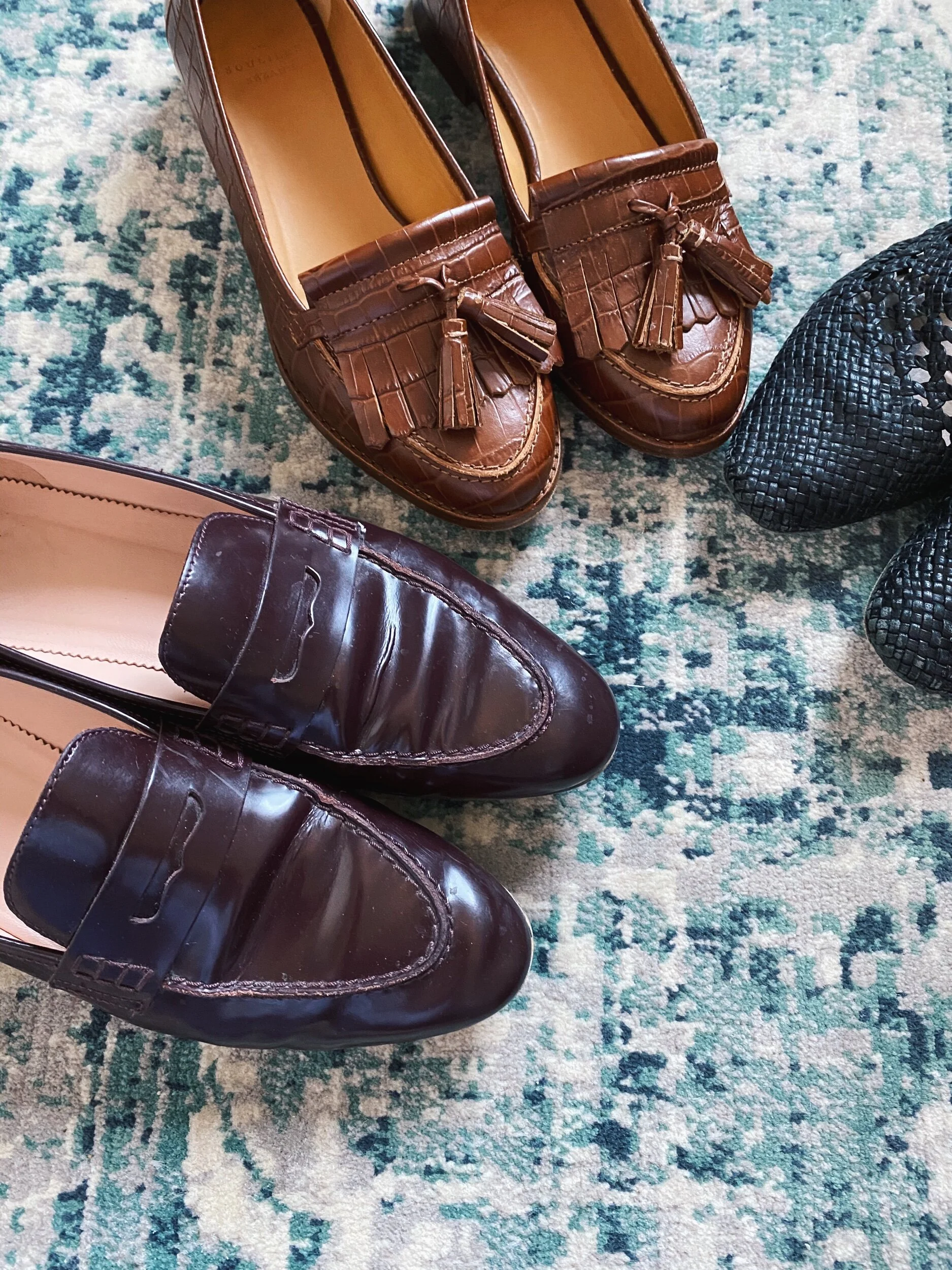
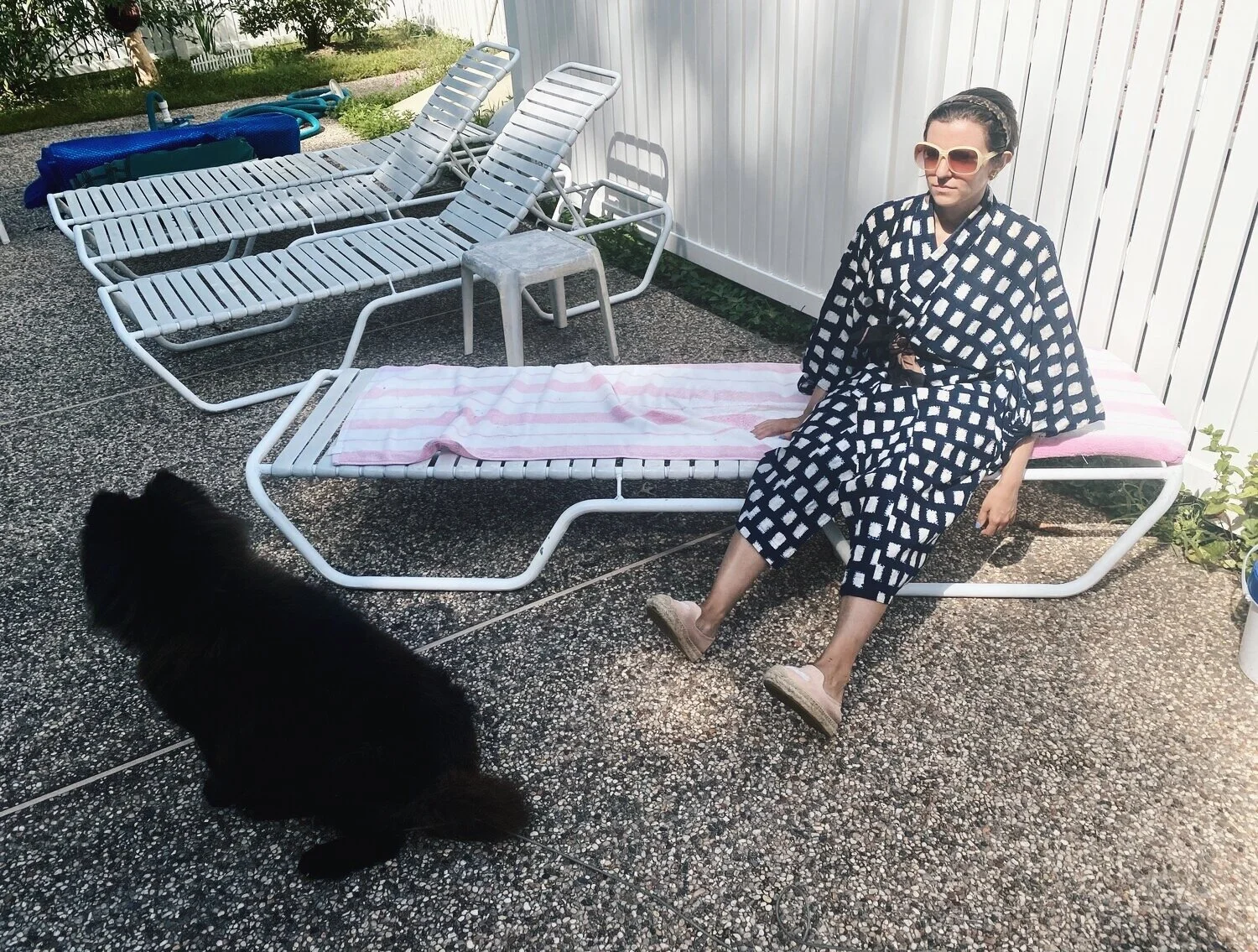

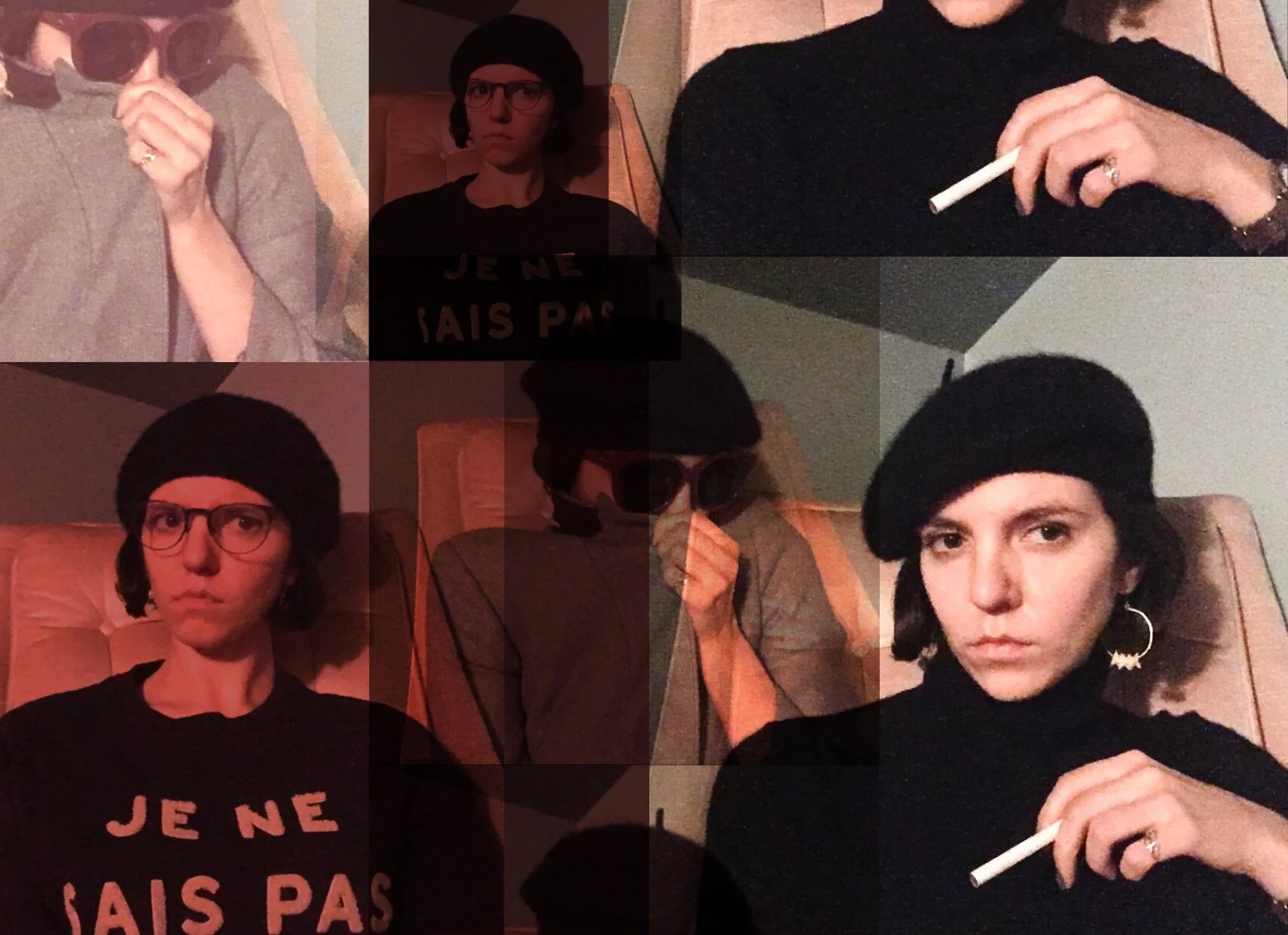
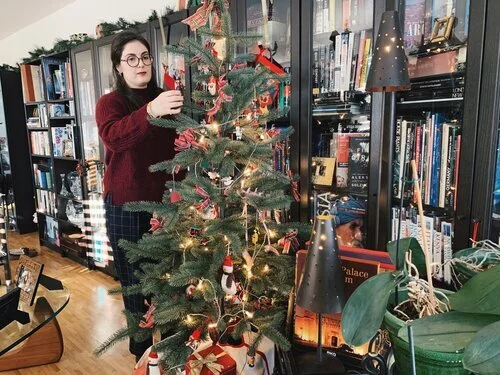

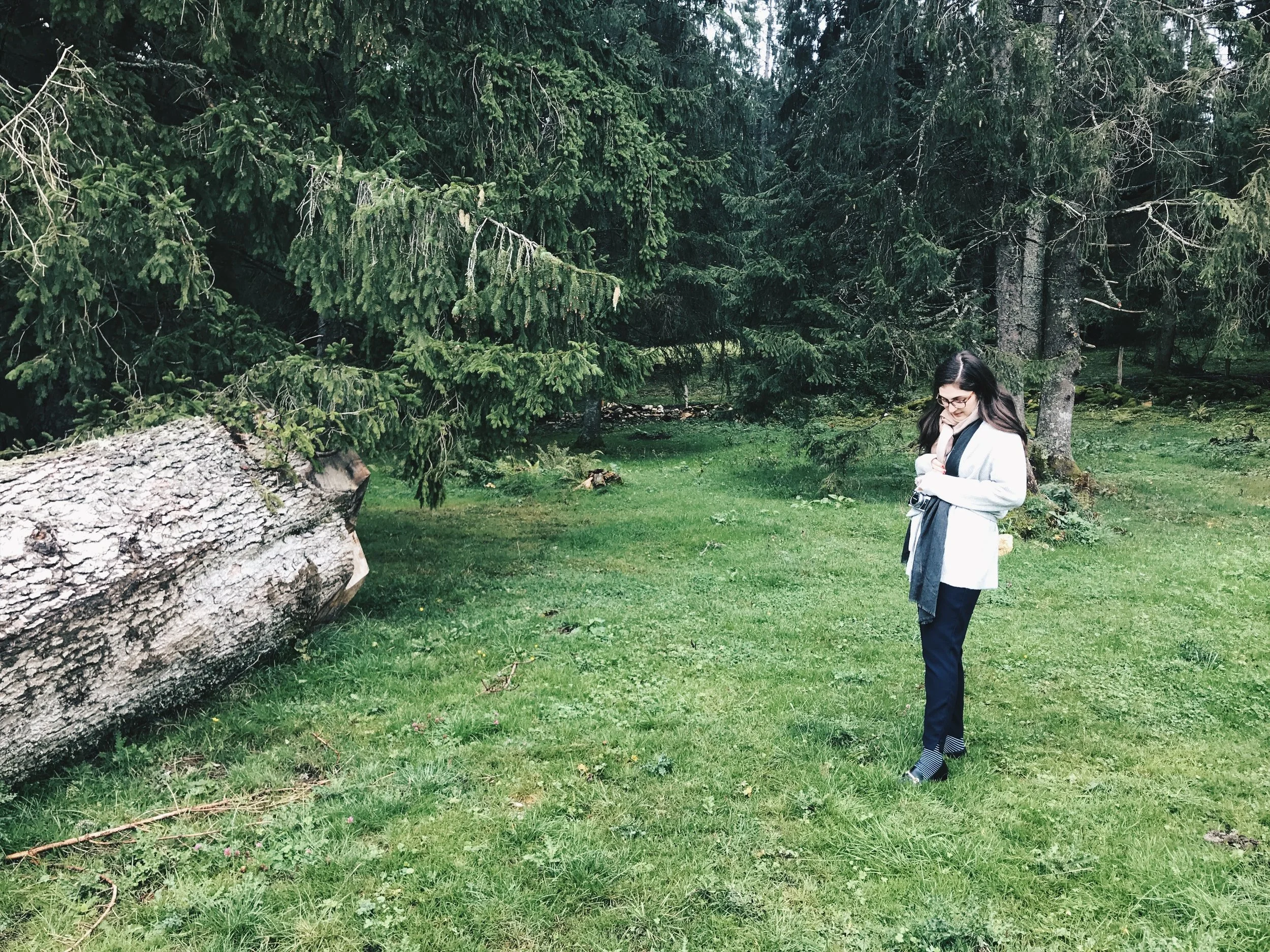



In our latest look at The Attic’s personal wardrobes, we visit the favorite cold weather prints, patterns, and cozy textiles that break us free of the hum drum dark days of the season.